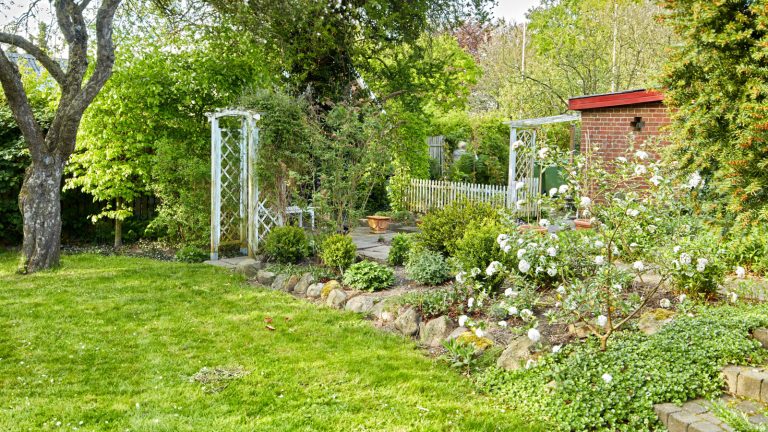
Thyme is a cherished staple in herb gardens, celebrated for its delightful aroma, versatility in cooking, and ease of cultivation. However, it’s not without its vulnerabilities, and ensuring the right growing conditions is crucial for its success. Common missteps include neglecting the specific species you’re cultivating, insufficient sunlight, overwatering, and using unsuitable soil types.
Though often simply referred to as thyme, the Thymus genus encompasses a variety of species. Despite their Mediterranean origins and similar growing requirements, these species are not identical. For instance, creeping thyme (Thymus serpyllum) is primarily used as ground cover and is hardy to USDA zone 4. In contrast, common thyme (Thymus vulgaris), familiar in culinary use, is hardy only to USDA zone 5. Selecting the appropriate thyme for your zone and needs can mean the difference between a fragrant, stunning garden and a disappointing one.
Thyme Thrives in Full Sun and Well-Draining Soil
A frequent yet harmful mistake is planting thyme in a spot with inadequate sun exposure. Although common thyme might tolerate partial sun, it thrives best in locations with six to eight hours of sunlight. Creeping thyme, in particular, struggles in shaded areas, making it unsuitable for planting under shade trees.
Overenthusiastic gardeners risk harming thyme by overwatering. While it may be tempting to water the plant as soon as the soil surface dries, this can be excessive for a drought-tolerant plant. Overwatering can lead to browning and rot. It’s best to wait until the soil is completely dry before watering, which you can check by inserting your finger a few inches into the soil.
Given its susceptibility to overwatering, it’s crucial to plant thyme in well-draining soil, regardless of the species. If your soil is clay-heavy or soggy, consider amending it with compost to enhance drainage. Interestingly, thyme flourishes in poor soil, and excessive fertilizer can diminish the flavor of its leaves.






